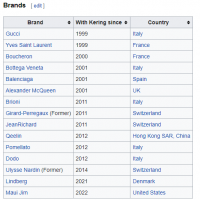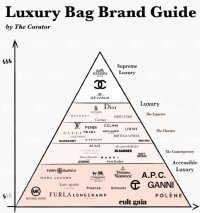I thought faure le page was in that category at some point but when looking into them found out they only started making handbags about 10 years ago. The current owners purchased a storied firearms brand name rights. The “history” is in firearms which is pretty cool but the actual bags are honestly probably average contemporary brand quality. The brand made holsters as the closest thing before, and with quality, but the techniques used then are not preserved in the making of their current bags. I could be wrong but this is my limited impression.
It's the access to the brand. We stumbled on the brand in Paris almost 10 years ago and made some purchases. I live in a major metropolitan international city and other than my MIL and SIL who purchased bags, I haven't seen a single FLP bag since. There is a store in Paris and I think there is now one in Singapore. For a while, you couldn't order off the website and had to call the Parisian store.
As for the quality, the FLP quality is much better than Goyard (or more contemporary Goyard). I still put Goyard in Tier 1 because of the limited access one has to Goyard, plus the customization services and specialty luggage you can order.
I just got the Daily Battle tote in the new Sand color for spring/summer and the recent quality is fantastic. The coated canvas and lining are nice and thick. There is leather piping and reinforced leather corners on the bag. The handles are reinforced to take the stress of a laptop in the bag. The internal pocket is made from thick leather and embossed with a large logo design. I added my gun pochette on the internal D ring for an additional zipper compartment.
My thinking is: that while some bags are more expensive if it requires travel for most people to access a brand, it is a very exclusive brand and I put it in Tier 1. Even though most people have heard of Hermes and the Birkin because of movies, tv, etc. I still consider it the top because there's only a handful of Hermes boutiques in any country at most and it's not a brand with a presence in department stores where they don't have stand-alone stores.






